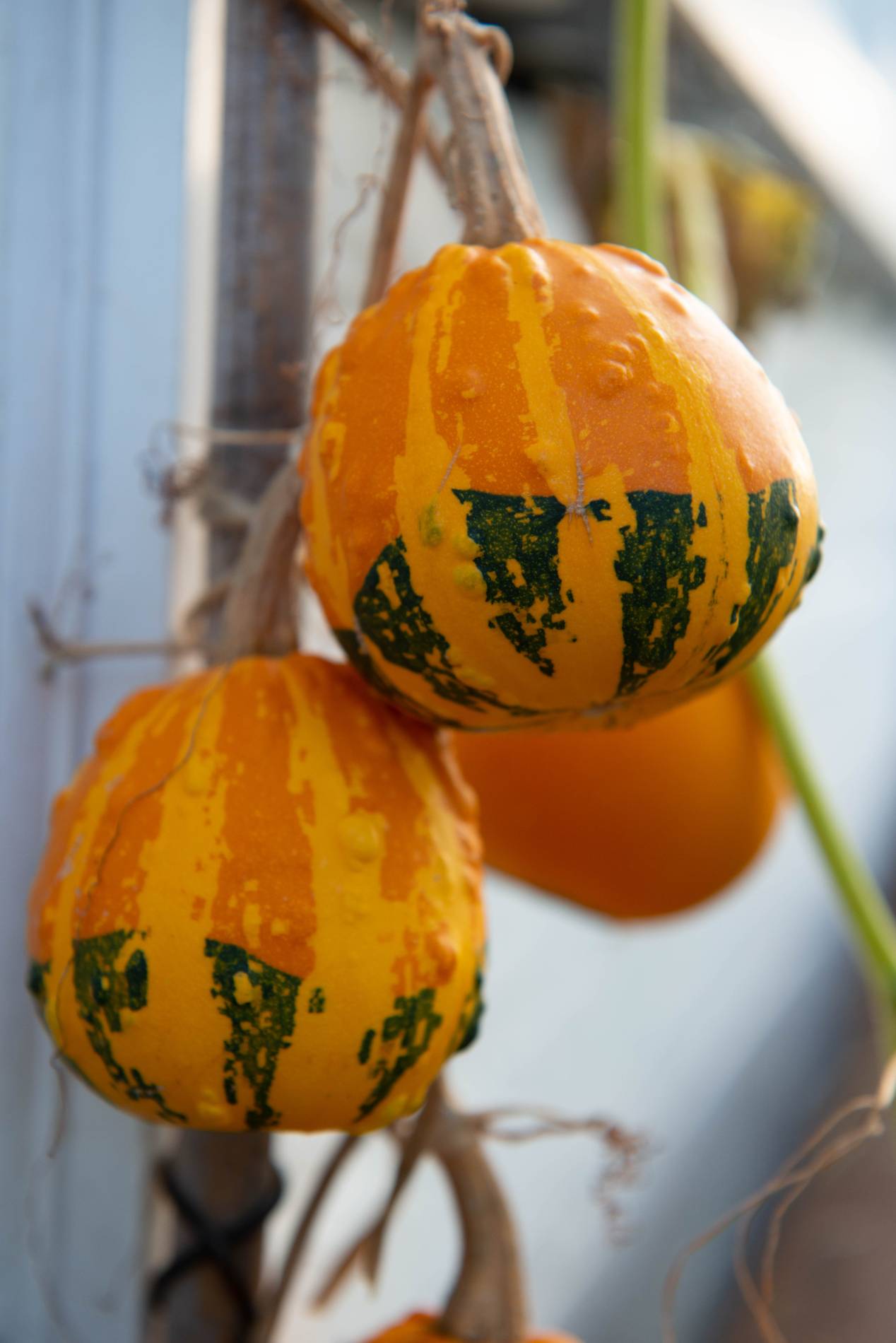As I walked through Fochabers my way into work this morning I couldn’t help but notice that autumn is coming early this year. Skeins of geese are appearing among the all too familiar rain clouds, the light is beginning to mellow out and there is a definite chill in the air. The beech and birch are always the first to change on the hills but in the walled garden it’s the plum trees that start dropping their leaves first. Our friendly Robins have re-appeared and follow us about as we move from job to job, harvesting the last of the runner beans, picking apples and deadheading the dahlias, I wonder where they go during the summer? I love to see the change in seasons, working with the rhythms of nature keeps my job interesting and ever changing.
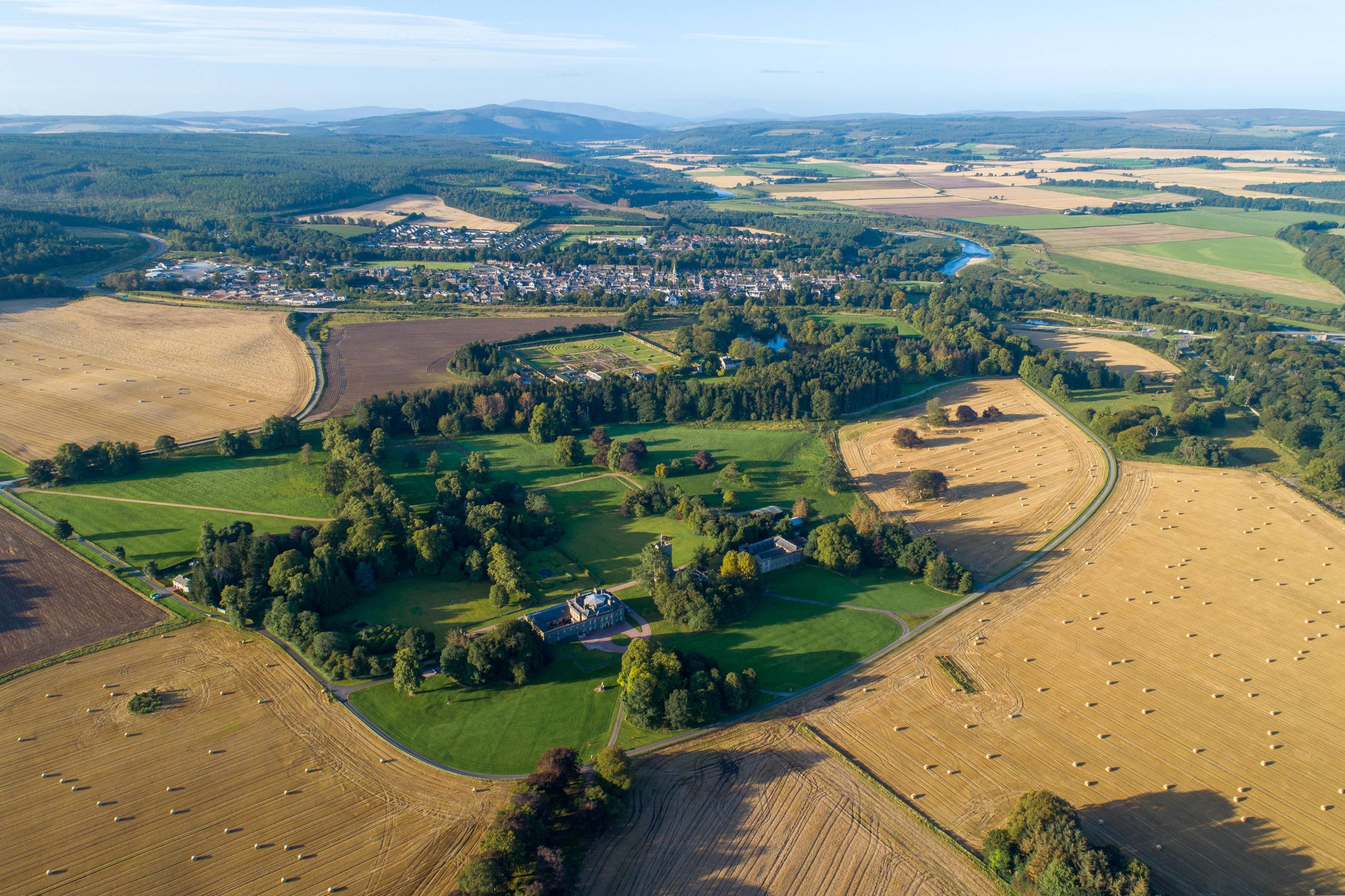
Funnily enough it is during the autumn that gardener’s minds are filled with images of spring. Now is the time plant spring bulbs and you’re still not too late to get down to the local garden center and pick up the likes of tulips, daffodils, irises, bluebells and snow drops. We’re planning an extravaganza of tulips for next year, a thoroughly wet and miserable September has given me the excuse to get into the office and plan bright and vibrant displays of these wonderful flowers. It seems that coppers and browns are going to be in fashion next year, but fashion is for people who don’t want to think for themselves so we’ve chosen 23 different varieties in almost every colour of the rainbow!
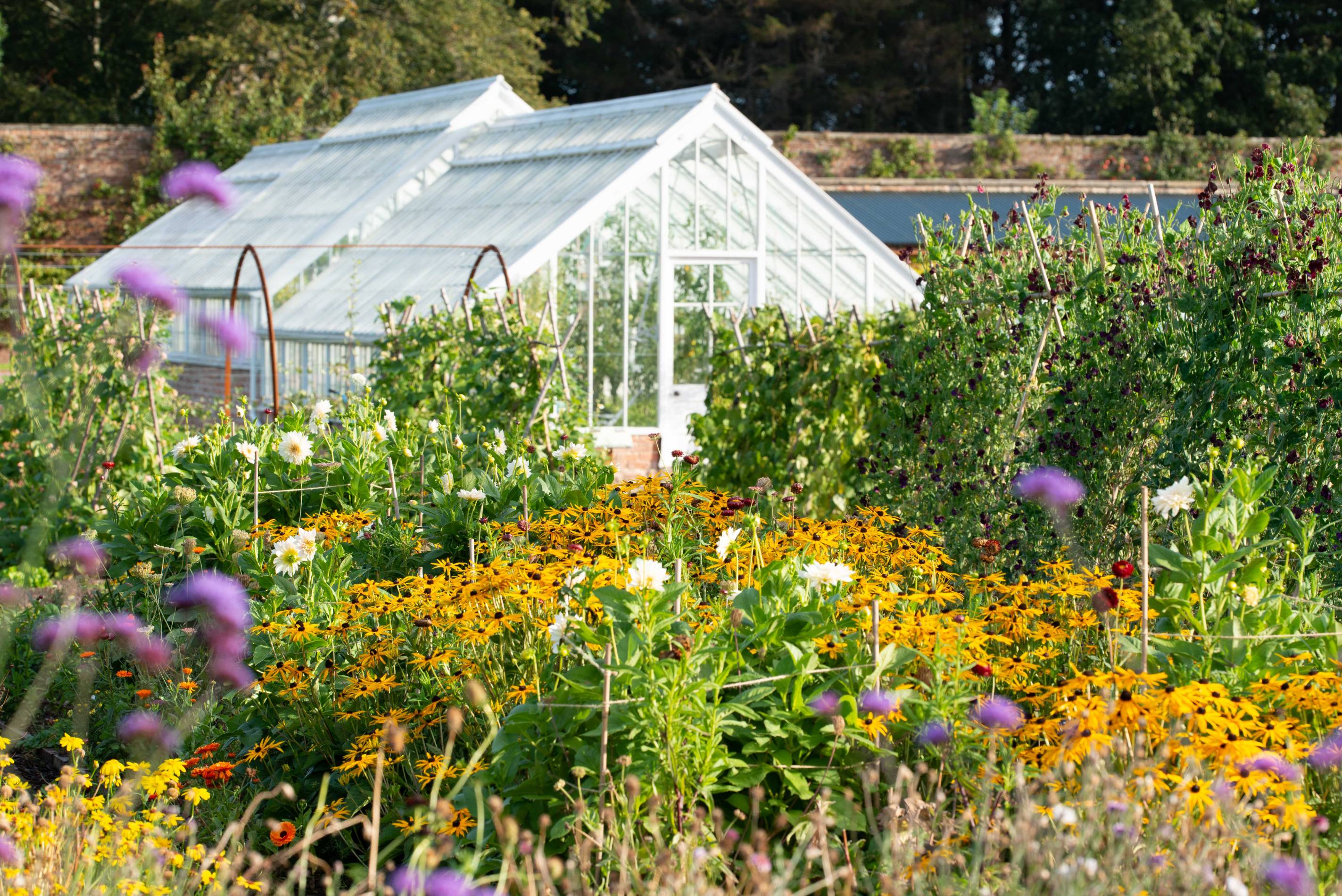
To make your pots really spectacular next spring why not try planting a ‘bulb lasagna’ to get a really dense and full display. Layer your spring bulbs one on top of the other with the largest and latest flowering varieties at the bottom of the pot and the smaller, earlier ones at the top. Daffodils planted below blue muscari (or ‘Grape Hyacinth’) make a fantastic combination. You need fairly large and deep pots to give you enough room for larger bulbs, the first layer should go about 10 inches deep and be covered with 2 inches of compost before planting the next layer. Leave an inch or so between the bulbs to allow some room for the shoots from the layer below to grow through. Always try to cover the top layer with at least 3 inches of compost. If your pots are frost proof just find a sheltered spot in the garden and you should see the first shoots appear next February.
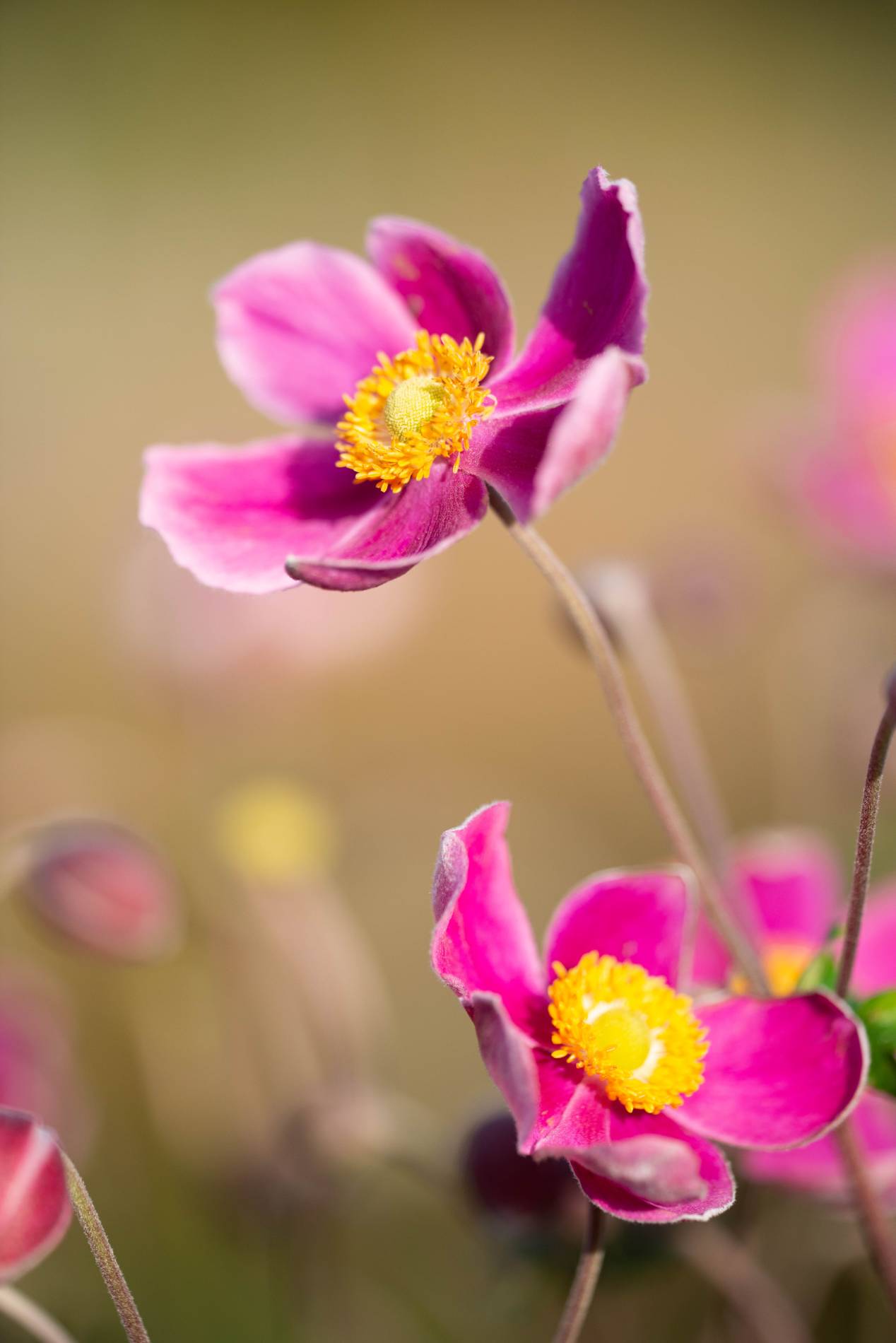
Every good gardener takes an interest in compost and we have big plans to start making our own here at Gordon Castle. With a background in organic gardening I’m well aware of the importance of looking after the health of our soil. Up until now we’ve brought in 20 tons of horse manure every year to feed the garden. Adding well-rotted horse and farmyard manure is a fantastic way to improve your soil and get better, healthier crops but there are always risks when you bring in materials from outside; especially from perennial weeds and pesticide residues. Garden compost is the crème de la crème of soil improvers and if you have the space you should try and make your own. The key to good compost is to turn it regularly, every two or three weeks if you’ve got the energy. A properly managed compost heap should get above 600C and will kill off any weed seeds or pests and diseases. With any luck by the end of the month we’ll have built the finest compost heaps in Scotland, I’ll keep you posted!
It’s a mad rush to harvest the last of the summer vegetables before the first frosts, we’ve got runner beans and tomatoes coming out of our ears! The courgettes have just finished but the pumpkin and squash look promising this year, it’s great to see their knobbly colorful shapes emerging as the foliage dies down. Our apple trees have produce a modest but good quality harvest, most of which are on their way to Thistly Cross to be made into cider, but we have plenty left over to try out, almost 60 varieties in total. There’s nothing like a crisp Scottish apple, what a shame most people never get a change to enjoy them!
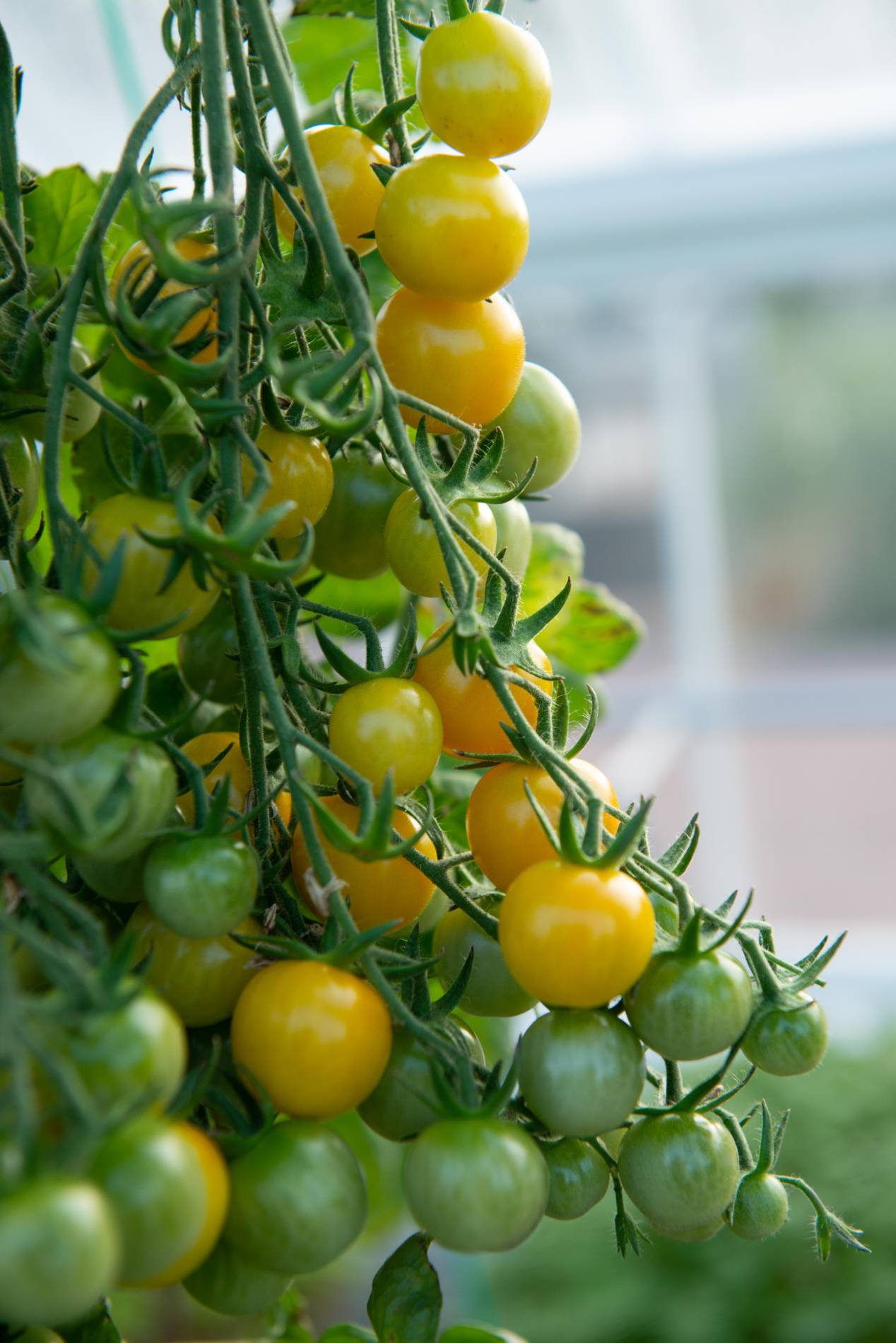
I have to keep a close eye on the winter veg from now on, rabbits and pigeons aren’t the only pests in the garden, I often see the chefs eyeing up our leeks and cabbages at this time of year. There’s nothing more annoying than tell-tail footprints in the vegetable patch and mysterious gaps in a row of leeks. It’s well worth holding on until the frost has sweetened up the likes of neeps and parsnips and we’re on strict rationing through the winter months to ensure there is always something from the garden in the café, I’d never live it down if we ran out of Brussels’s sprouts before Christmas!
